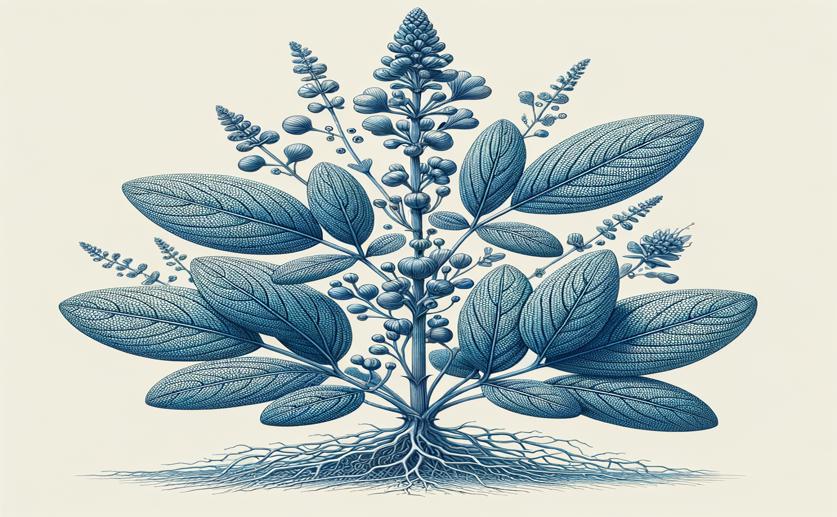
Understanding Genes Involved in Flavonoid Production in Baikal Skullcap
Jenn Hoskins
26th August, 2024

Image Source: Natural Science News, 2024
Key Findings
- Researchers at Shanghai Chenshan Botanical Garden studied the genetic pathways of flavonoid production in the medicinal herb Scutellaria baicalensis
- They identified 88 2-oxoglutarate-dependent dioxygenase (2ODD) genes, crucial for flavonoid biosynthesis, with specific enzymes highly active in roots and flowers
- Understanding these genetic mechanisms can help enhance the production of flavonoids, which have shown potential in treating COVID-19 by inhibiting the virus's replication
References
Main Study
1) Characterization of the 2ODD genes of DOXC subfamily and its members involved in flavonoids biosynthesis in Scutellaria baicalensis.
Published 26th August, 2024
https://doi.org/10.1186/s12870-024-05519-1
Related Studies
2) The genus Scutellaria an ethnopharmacological and phytochemical review.
3) A comprehensive review on phytochemistry, pharmacology, and flavonoid biosynthesis of Scutellaria baicalensis.
4) Scutellaria baicalensis extract and baicalein inhibit replication of SARS-CoV-2 and its 3C-like protease in vitro.
5) Identification of pyrogallol as a warhead in design of covalent inhibitors for the SARS-CoV-2 3CL protease.



 23rd August, 2024 | Jenn Hoskins
23rd August, 2024 | Jenn Hoskins